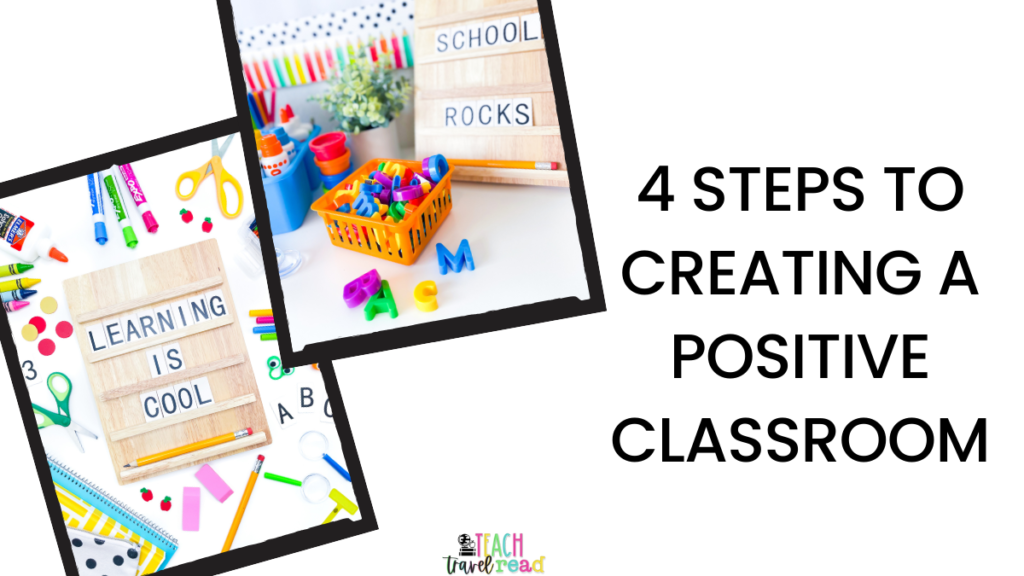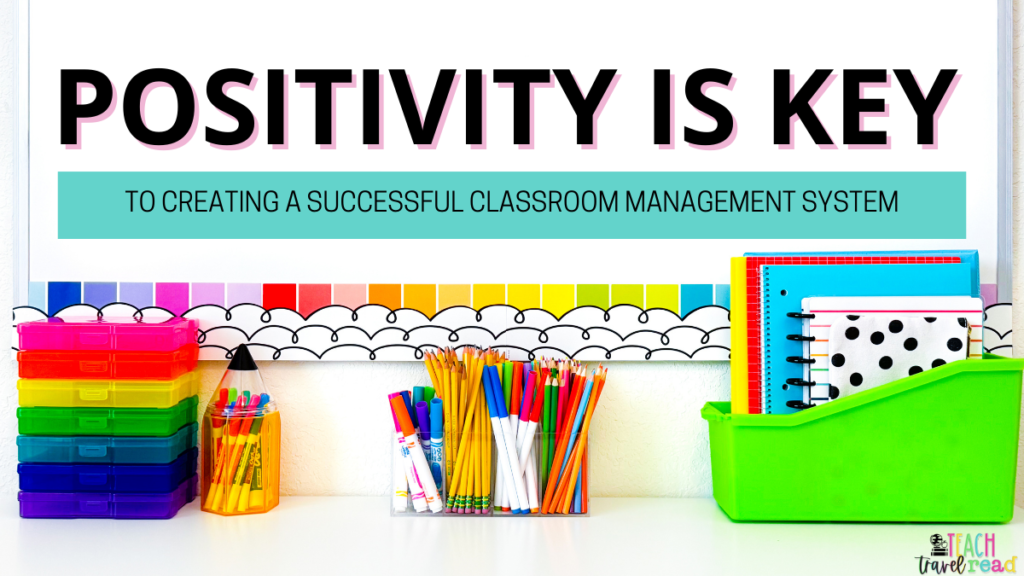Classroom management is like the conductor of an orchestra, orchestrating the harmony of learning experiences and student interactions. It encompasses a wide range of strategies and techniques aimed at creating a positive and thriving environment. From establishing routines and setting expectations to managing behavior and fostering relationships, effective classroom management sets the stage for academic success.
So, what exactly does it mean to create a positive classroom environment? It’s about more than just decorating walls and arranging desks; it’s about creating a space where students feel safe, valued, and eager to learn. Think of it as laying the foundation of a building. To have a successful classroom, teachers must create a positive community, where respect, collaboration, and curiosity meet.
Now, you might be wondering, why is creating a positive classroom environment the first step in effective classroom management? Well, the answer lies in its ripple effect on every aspect of the learning process. A well-managed classroom sets the tone for meaningful engagement, reduces disruptions, and fosters a sense of belonging among students. It creates a supportive classroom where academic and social-emotional growth can flourish.
In the upcoming sections of this blog post, we’ll dive into the basics of creating a positive classroom environment. From decorating and organizing your space to establishing a warm and inclusive atmosphere, we’ll explore practical strategies for transforming your classroom into a space for learning and growth. So, grab your favorite beverage, take a deep breath, and let’s dive in!

Picture this: a space where students walk in, and their faces light up with excitement, where they feel safe, valued, and eager to learn. Sounds dreamy, right? Well, it’s achievable! Let’s unpack how to turn your classroom into a nurturing space for learning and growth.
They say first impressions matter and the same is true for our classrooms. A classroom that looks like chaos will create chaos. We need to have a space that is calming and organized for ourselves and students. Remember…less is more.
Begin by organizing your classroom to make it easy to move around and find materials while keeping it visually appealing. Designate areas for different activities such as reading corners, collaborative workspaces, and quiet zones for independent study. Invest time in creating displays that showcase student work, celebrate achievements, and inspire creativity. Remember, the physical layout of your classroom sets the stage for the journey of learning that lies ahead.
Our classrooms are miniature versions of society, each student bringing with them a unique set of experiences, backgrounds, and perspectives. Embracing diversity isn’t just about hanging up flags from different countries; it’s about creating a culture of inclusion and empathy.
Design an environment where every student feels valued and respected regardless of their differences. Build a classroom library full of diverse books, celebrate cultures, and have discussions that encourage students to share their stories and learn from one another. By embracing diversity, we not only broaden our students’ horizons but also cultivate a sense of belonging that is essential for academic success.
Imagine a classroom where students take pride in their surroundings, knowing that they have a voice in shaping their learning environment. Empowering students to take ownership of their classroom creates a sense of responsibility and accountability.
How? Involve them in decision-making processes such as establishing classroom rules, designing bulletin boards, and organizing materials.
Another idea is to encourage them to reflect on their learning goals. Set classroom and individual goals during your morning meeting. These goals can be related to academics, behavior, social-emotional, etc.
By creating a sense of ownership, we empower students to become active participants in their education, setting the stage for lifelong success.
Let’s not forget the importance of nurturing students’ social and emotional well-being. Positive reinforcement is like sunshine that nourishes the seeds of confidence and resilience in our students. Celebrate their efforts, big and small, and recognize their achievements with genuine praise. Create a culture where mistakes are seen as opportunities for growth rather than failures to be feared. Encourage collaboration, kindness, and empathy, laying the foundation for a supportive community where every student feels valued and supported.
There are so many ways to share in positive thinking and reinforcement in the classroom.

Effective classroom management begins with creating a positive classroom environment. By laying the groundwork for a supportive community, we set the stage for academic success and create an environment where every student has the opportunity to thrive. So, let’s roll up our sleeves and embark on this journey together, shaping the future one classroom at a time.
Stay tuned for the next installment, where we’ll explore practical tips for decorating and organizing your classroom to maximize engagement and learning.